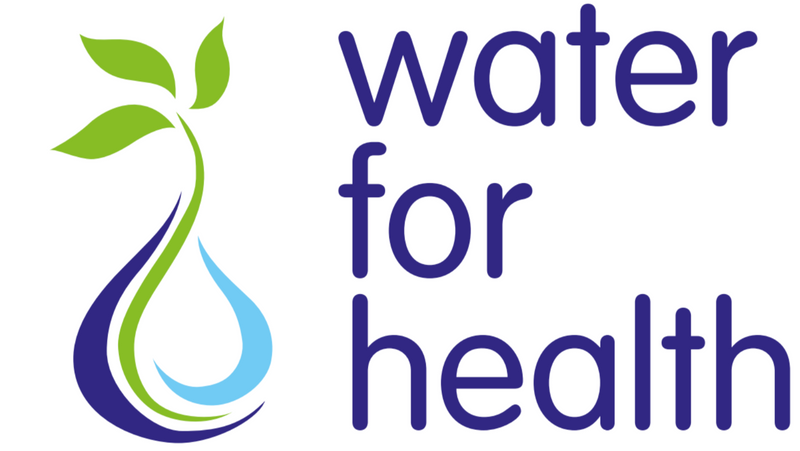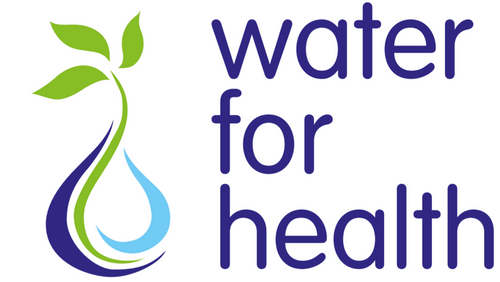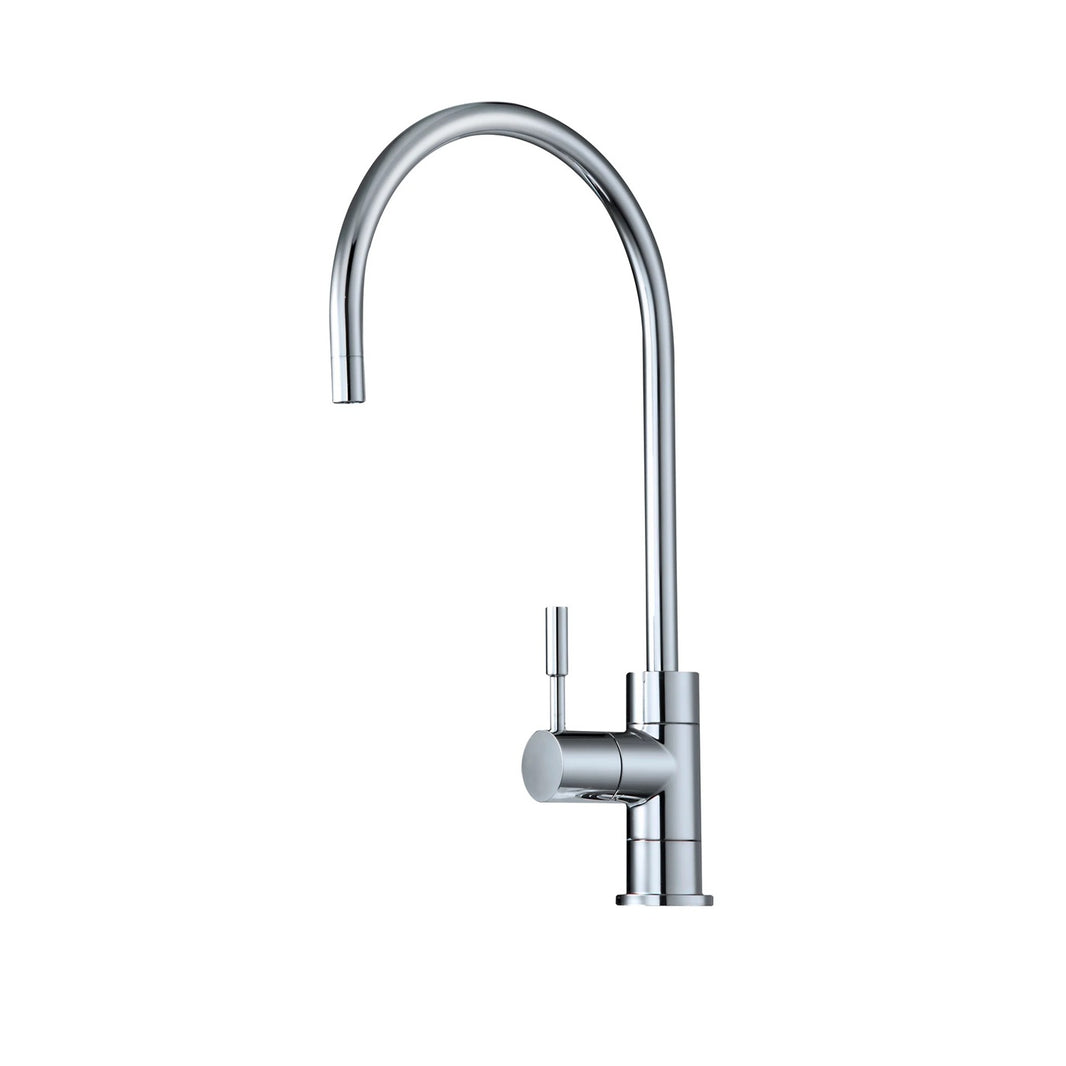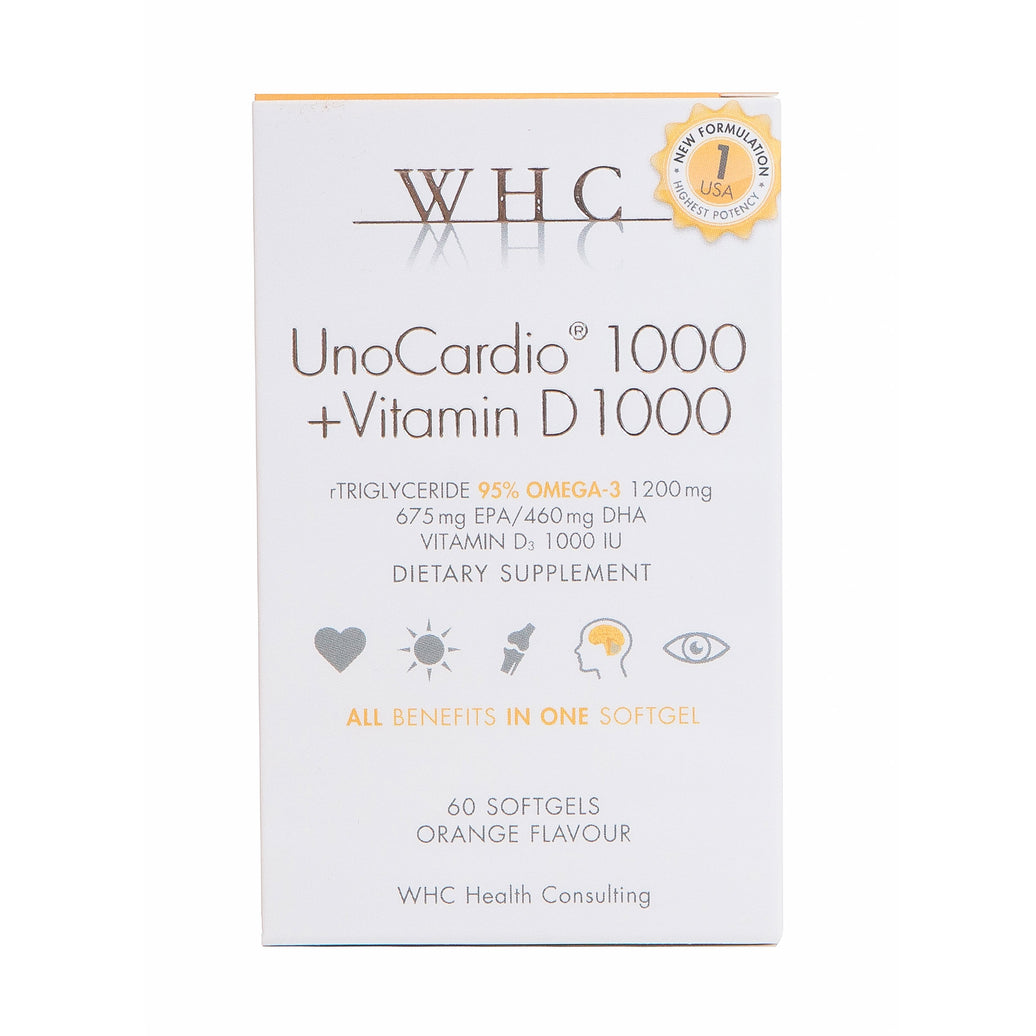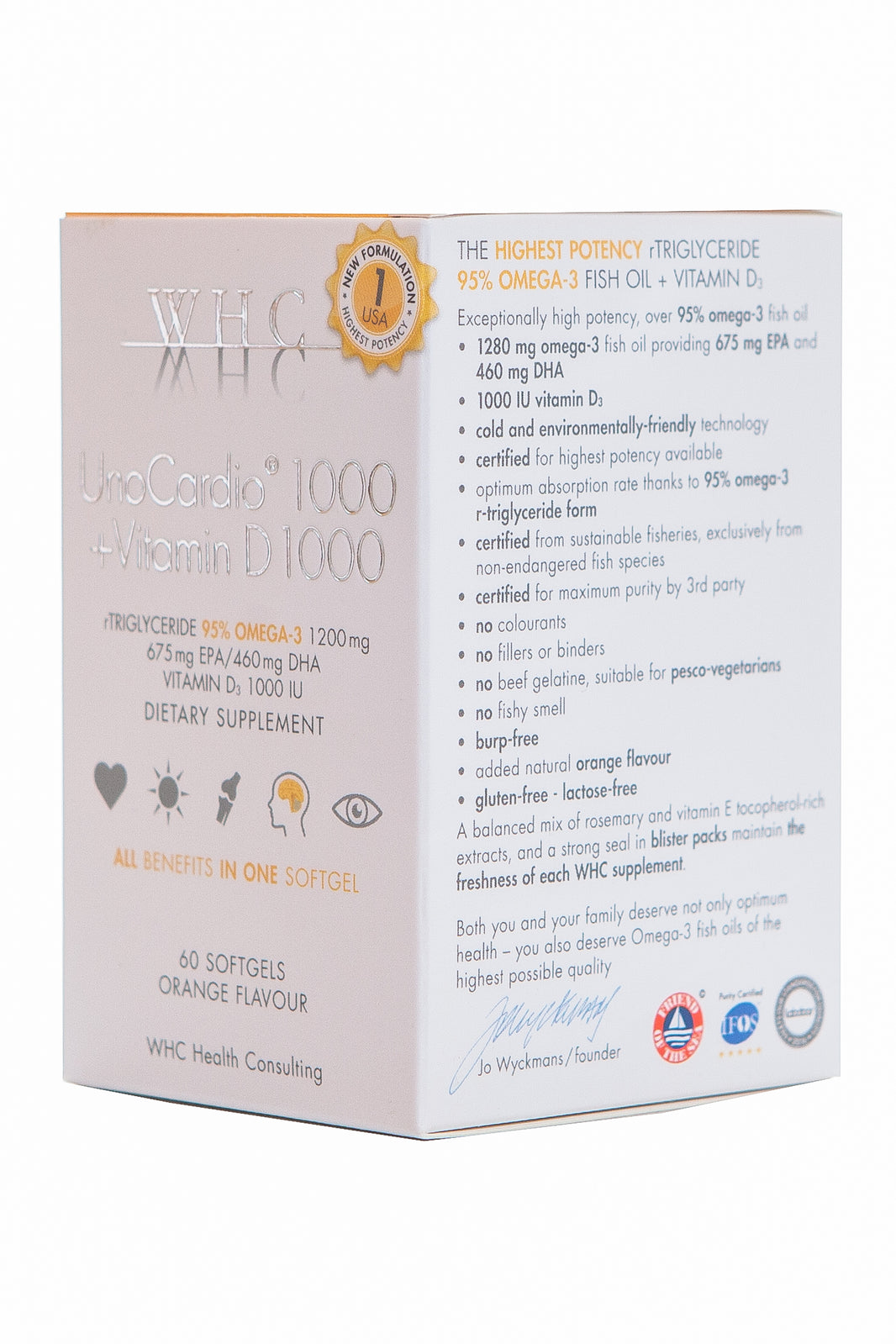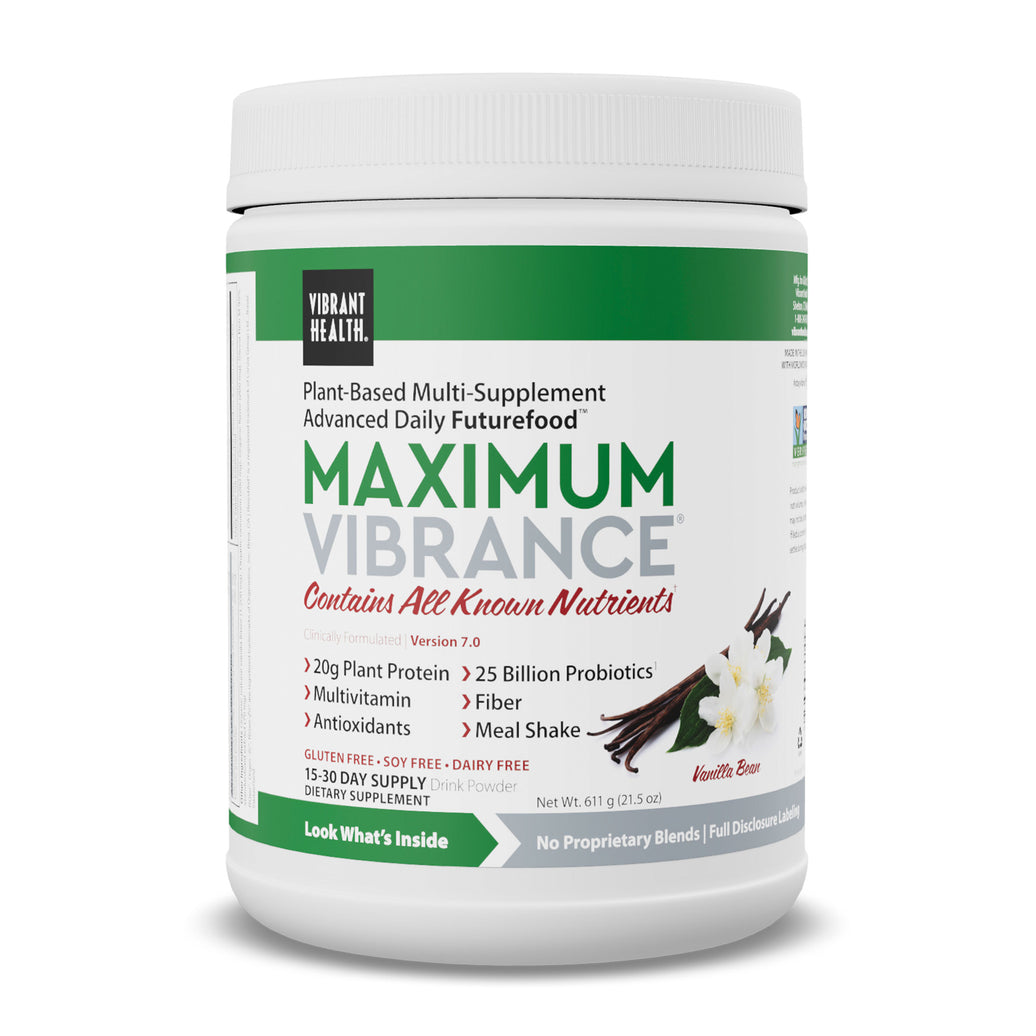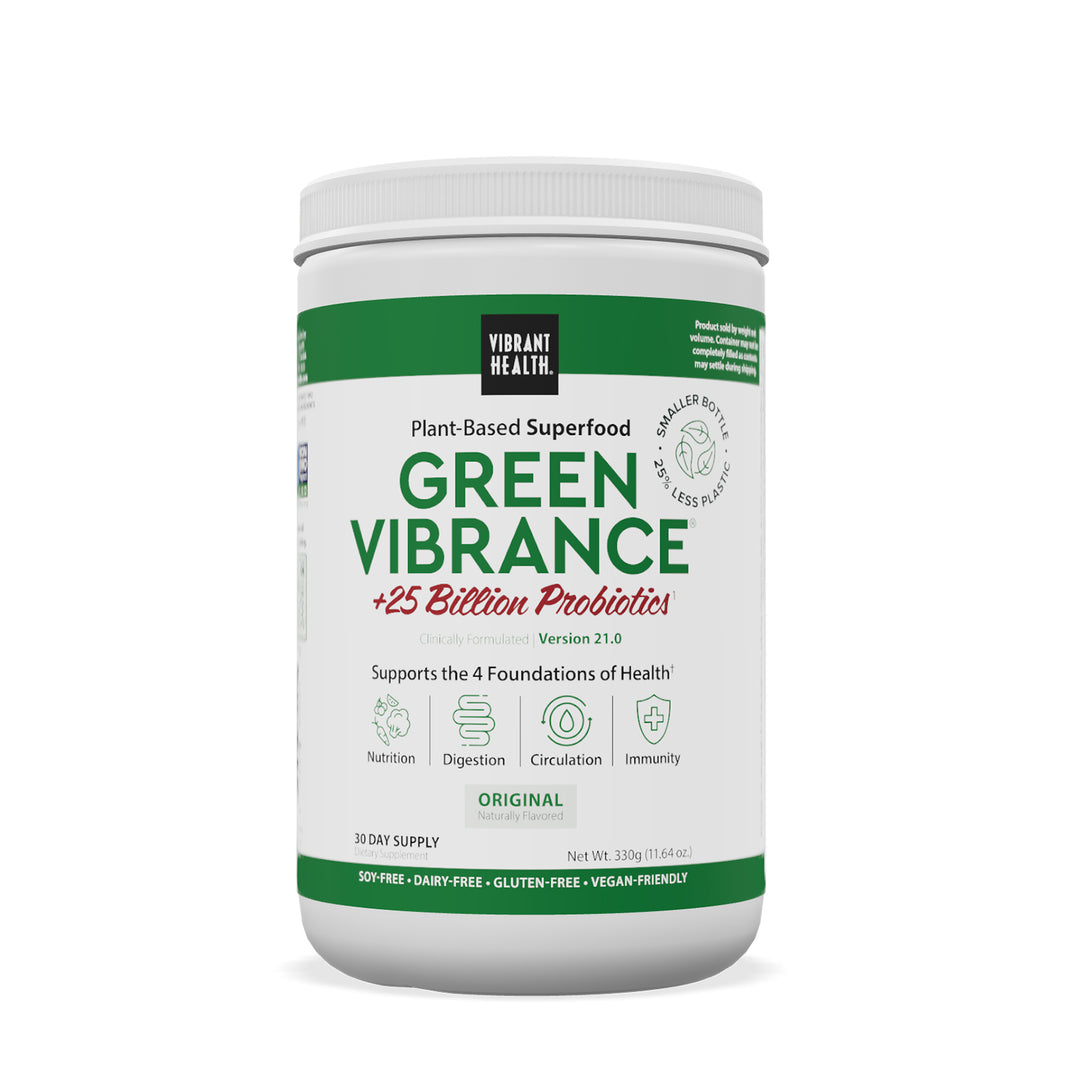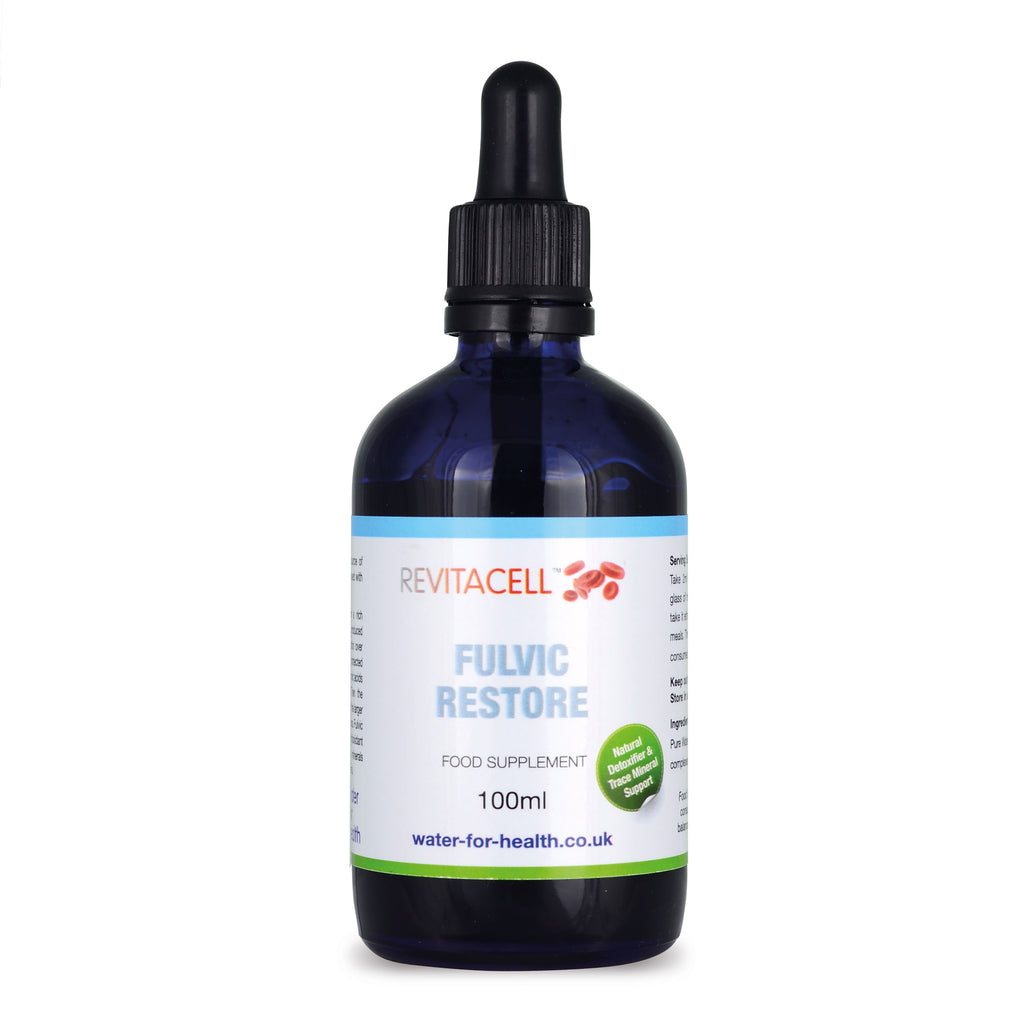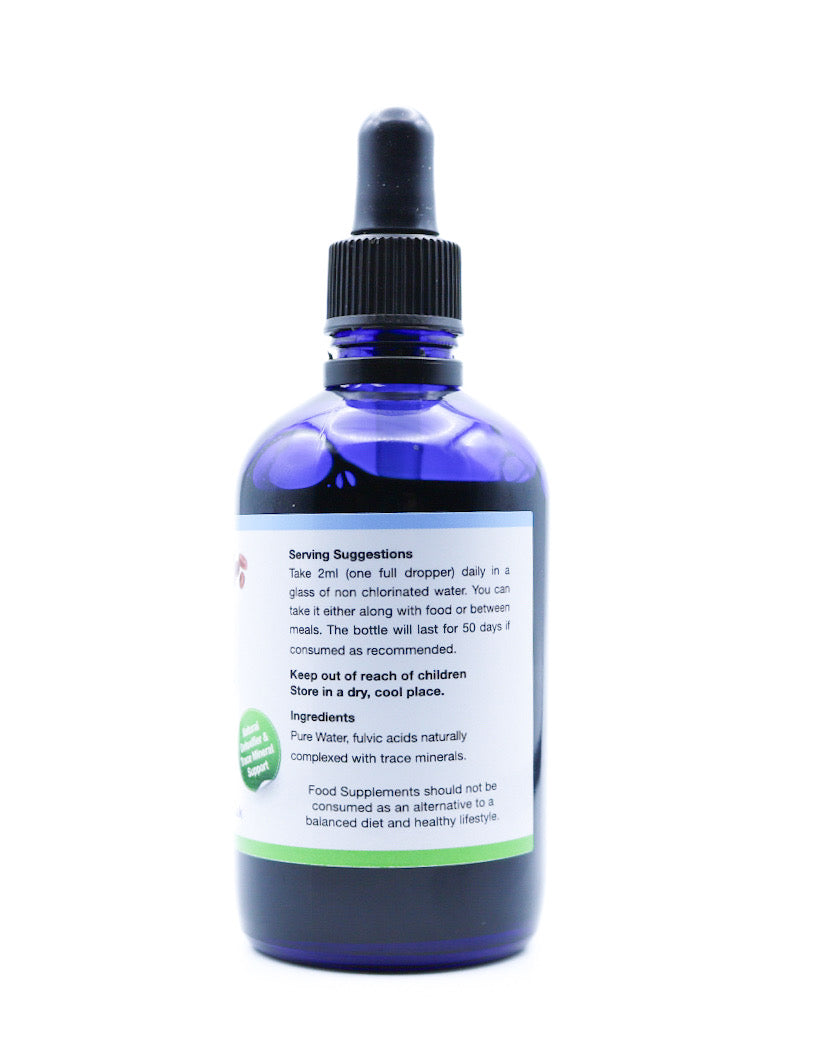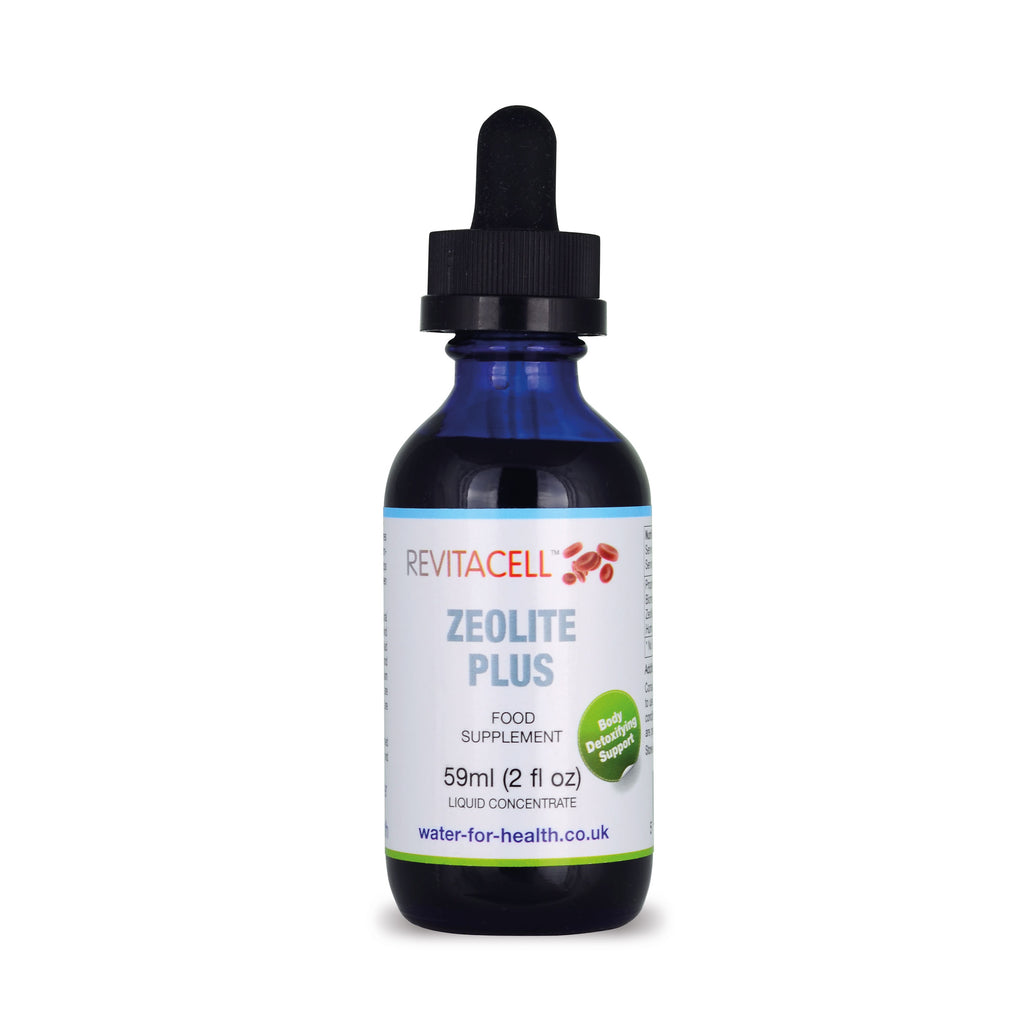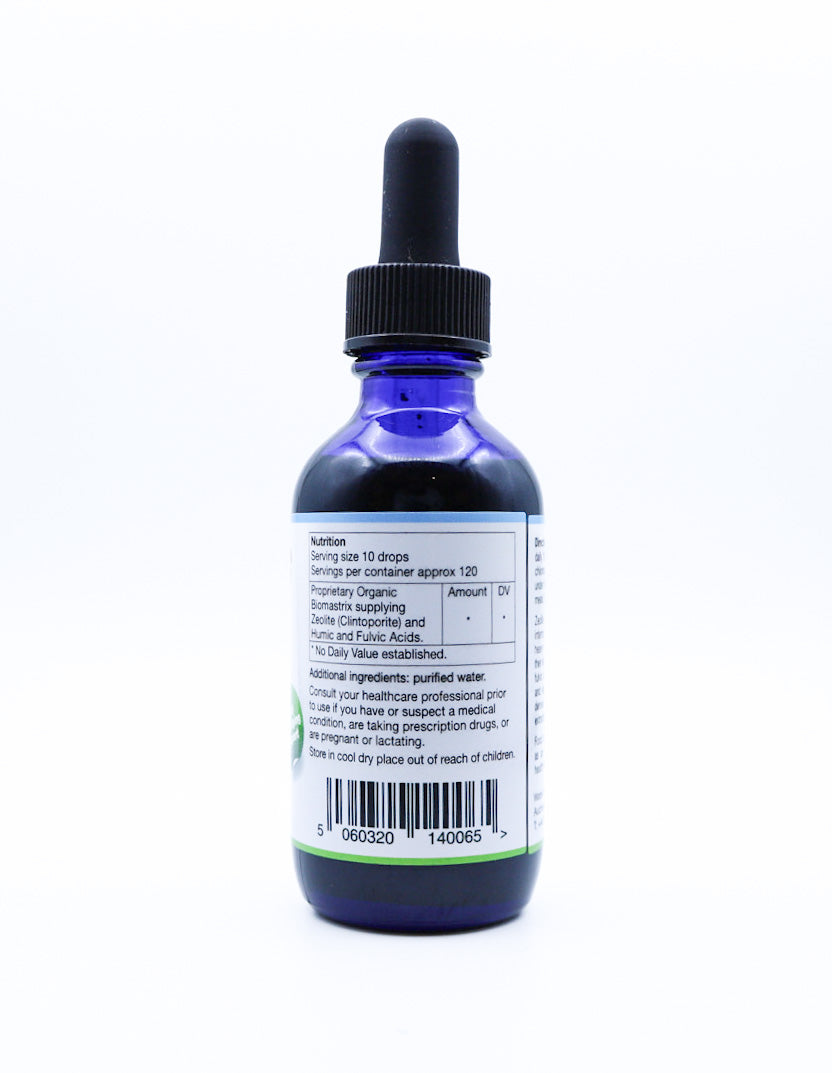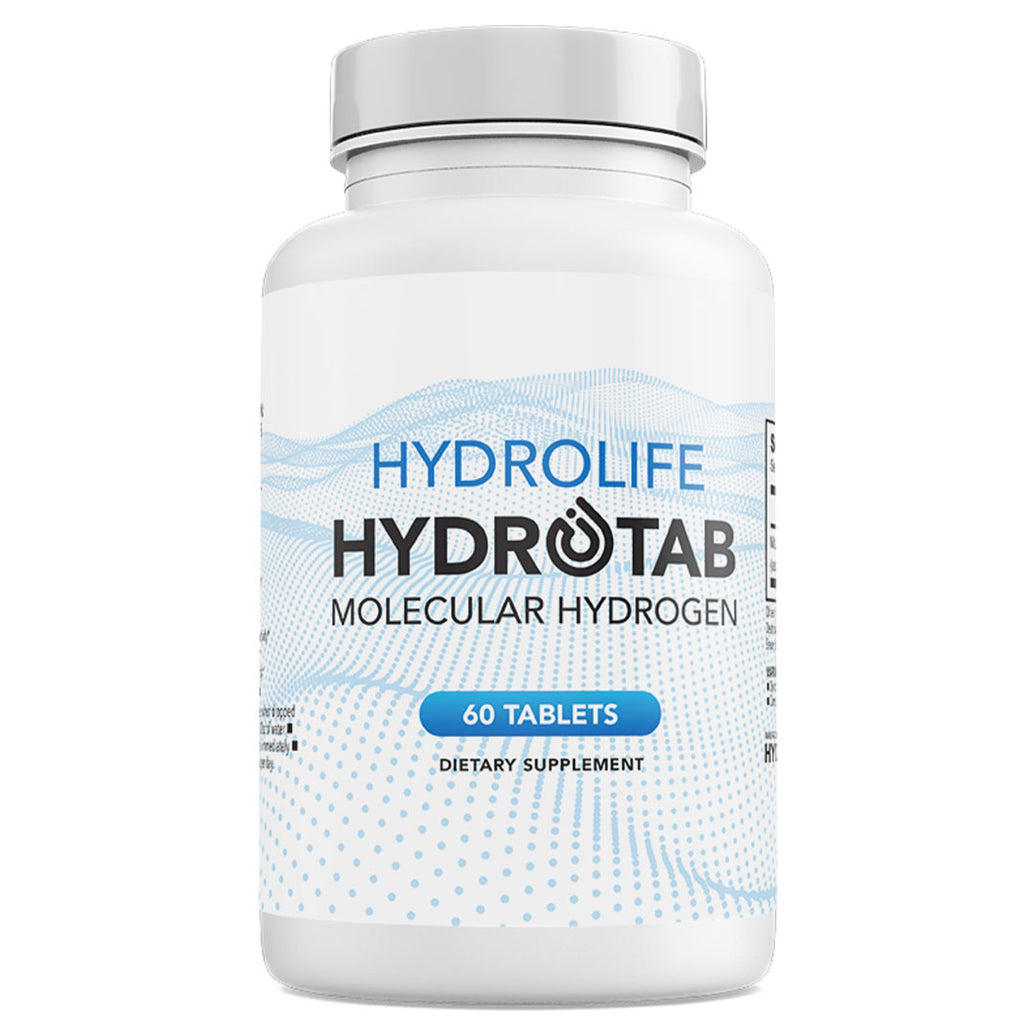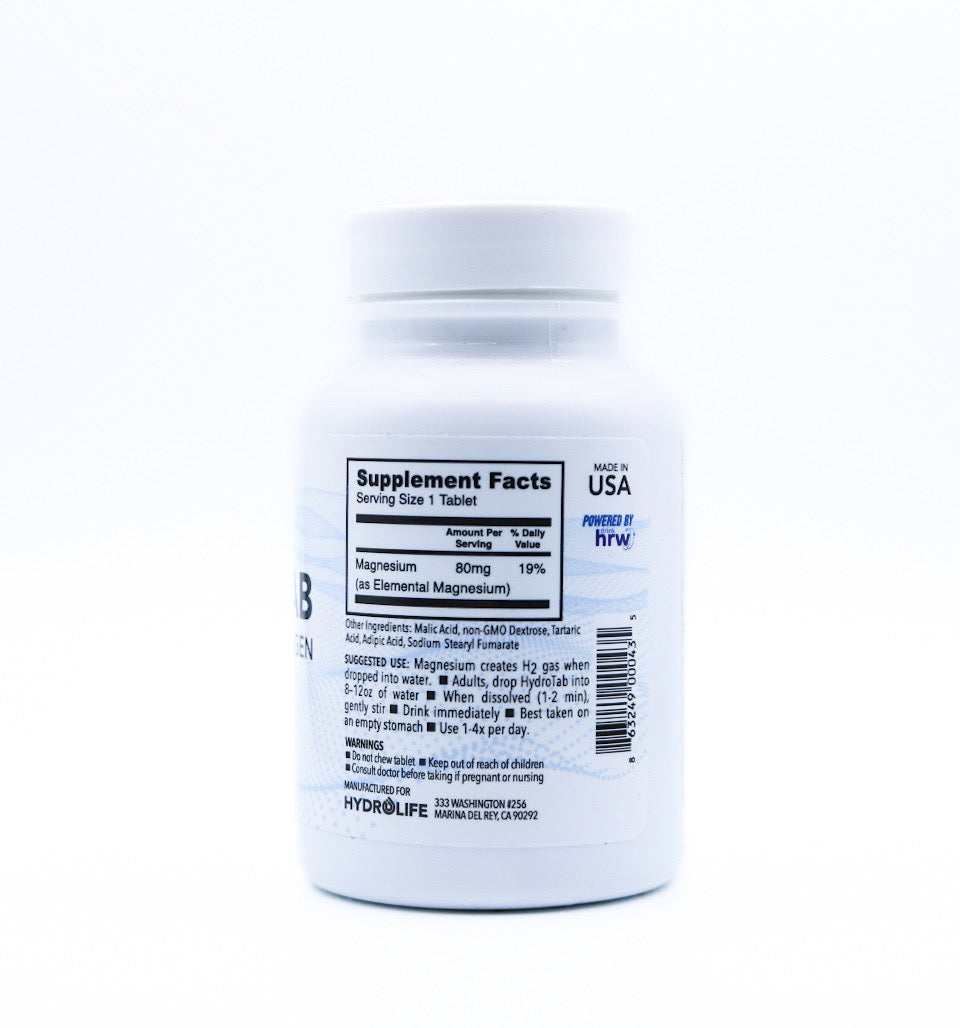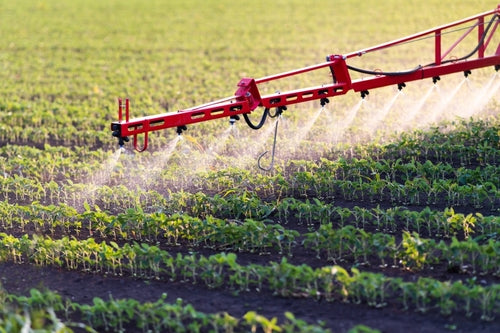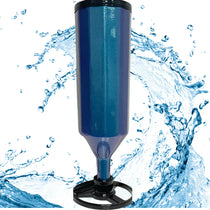In our modern, bustling world, the invisible threats we face every day often go unnoticed. Among them, environmental pollutants pose significant risks to our health and well-being. For the eco-conscious and health enthusiasts who strive to live a cleaner, healthier lifestyle, understanding these threats is paramount. This blog post will explore the major environmental pollutants, their origins, and their profound effects on both our health and the environment. We'll also discuss practical ways to reduce exposure and advocate for a healthier planet.
Understanding the Impact of Environmental Pollutants
Environmental pollutants are substances that contaminate our natural surroundings, affecting air, water, and soil quality. These pollutants have far-reaching consequences, impacting ecosystems and human health alike. The pressing question is, how did we reach this point? A combination of industrialisation, urban expansion, and increasing consumer demand has led to a significant rise in pollutant levels.
The impact of these pollutants is multifaceted, affecting everything from the air we breathe to the food we eat. For instance, air pollution is linked to respiratory diseases, while contaminated water can cause a variety of health issues, including gastrointestinal illnesses (1). With the UK facing its own set of environmental challenges, understanding these pollutants is crucial for fostering a healthier, more sustainable future.
Major Environmental Pollutants in Focus
When discussing environmental pollutants, it's essential to categorise them into air, water, and soil contaminants. Each category presents unique challenges and requires specific strategies for mitigation. Air pollution, for example, includes particulate matter and harmful gases like nitrogen dioxide, which are prevalent in urban areas (2). Meanwhile, water pollution involves the contamination of water bodies with substances like industrial waste and agricultural runoff (3).
In the UK, air pollution is a significant concern, with cities like London experiencing high levels of nitrogen dioxide. Water pollution, too, is problematic, with agricultural runoff and industrial discharges affecting water quality across the country (4). Soil pollution, although less visible, remains a critical issue as it affects food safety and agricultural productivity.
Delving into Specific Pollutants
Microplastics
Microplastics, tiny plastic particles less than five millimetres in size, have infiltrated every corner of our planet, from the deepest oceans to the highest mountains. These pollutants primarily originate from larger plastic debris breaking down and from products like cosmetics and synthetic textiles. In the UK, microplastics have been detected in rivers, lakes, and even tap water, raising concerns about their impact on health and the environment (5).
The health risks associated with microplastics are still being studied, but early research suggests they may carry harmful chemicals and pathogens (6). Once ingested, these particles can accumulate in the body, potentially leading to adverse health effects. Addressing the microplastic crisis requires concerted efforts to reduce plastic consumption and improve waste management practices.
Heavy Metals
Heavy metals such as lead, mercury, and cadmium are naturally occurring elements that have been exacerbated by human activities. These metals can enter the environment through industrial processes, mining, and the use of fossil fuels. In the UK, lead exposure has been a historical issue, particularly from leaded petrol and old paint, while mercury contamination often results from industrial emissions.
The health effects of heavy metal exposure can be severe, affecting the nervous system, kidneys, and cardiovascular system (7). Chronic exposure can lead to developmental issues in children and an increased risk of cancer (8). Reducing heavy metal pollution involves stringent regulations and promoting cleaner industrial practices.
Pesticides
Pesticides are chemicals used to control pests in agriculture. While they play a vital role in food production, widespread use of the synthetic type has led to environmental and health concerns. Chemical pesticide residues can contaminate water sources and accumulate in the food chain, posing risks to wildlife and humans alike.
In the UK, efforts have been made to regulate pesticide use and switch to more natural pesticide options, but challenges remain in ensuring food safety and protecting biodiversity. Exposure to pesticides is linked to various health problems, including hormonal imbalances, neurological disorders, and cancer (9). Reducing pesticide exposure involves adopting integrated pest management practices and supporting organic farming.
Air Pollutants

Air pollutants encompass a range of harmful substances, including particulate matter, nitrogen oxides, and sulphur dioxide. These pollutants result from vehicle emissions, industrial activities, and burning fossil fuels. In the UK, air pollution is a pressing issue, contributing to thousands of premature deaths annually (10).
Exposure to air pollutants can lead to respiratory and cardiovascular diseases, exacerbate asthma, and impair lung development in children (11). Addressing air pollution requires a multi-faceted approach, including reducing emissions, promoting public transport, and increasing green spaces in urban areas.
The Effects of Pollutants on Health and the Environment
The impact of environmental pollutants on human health is profound and well-documented. Respiratory diseases, cardiovascular conditions, and neurological disorders are all linked to pollutant exposure (12). Furthermore, vulnerable populations such as children, the elderly, and those with pre-existing health conditions are particularly at risk.
Pollutants also wreak havoc on the environment, disrupting ecosystems and threatening biodiversity. For instance, pesticides can harm pollinators like bees, which are crucial for food production. Similarly, heavy metals and microplastics can accumulate in aquatic ecosystems, affecting marine life and ultimately human health through the food chain (13).
Tips for Reducing Personal Exposure to Pollutants
Reducing personal exposure to environmental pollutants is an essential step towards protecting your health and supporting environmental well-being. Here are some practical tips to help you minimise exposure:
Air Quality: Stay informed about local air quality levels and try to avoid outdoor activities during high pollution days. Using air purifiers and keeping indoor plants can also improve indoor air quality.
Water Safety: Invest in a good water filtration system to remove contaminants from tap water. Additionally, support initiatives aimed at preserving local water bodies.
Food Choices: Opt for organic produce to reduce pesticide exposure and consider reducing plastic use to minimise microplastic ingestion. Supporting local and sustainable farming practices also contributes to environmental health.
Advocacy: Join community efforts to advocate for policies that aim to reduce pollution and protect natural resources. Collective action can lead to significant change and a healthier planet for all.
The Urgent Need for Collective Action Regarding Environmental Pollutants
In conclusion, the threats posed by environmental pollutants are significant, impacting both individual health and the planet's well-being. However, by understanding these issues and adopting proactive measures, we can make a meaningful difference. It's important to remember that every small action counts, from individual choices to community advocacy.
For eco-conscious consumers and health enthusiasts, staying informed and engaged is crucial. By advocating for stricter regulations and supporting sustainable practices, you can contribute to a healthier environment and a more sustainable future. Together, we can work towards a cleaner, safer world, preserving the beauty and diversity of our planet for generations to come.
If you're interested in learning more about how you can reduce your environmental footprint, there are numerous resources and organisations dedicated to this cause. By continuing to educate yourself and others, you can play a vital role in shaping a better future for all.
Written by Amy Morris, BSc (Hons) Nutritional Therapy. Amy has been a nutritional therapist for 12 years, specialising in recent years as a functional medicine nutritional therapist. Women’s health, and pre-diabetes and type 2 diabetes prevention are Amy’s specialist areas. Diagnosed with a chronic condition called endometriosis at age 20, this is what motivated Amy to study nutrition. Amy has been in remission for 6 years now, attributing powerful nutrition, lifestyle and bio-identical hormone strategies she now shares with her clients.
Water for Health Ltd began trading in 2007 with the goal of positively affecting the lives of many. We still retain that mission because we believe that proper hydration and nutrition can make a massive difference to people’s health and quality of life. Click here to find out more.
References:
- Carroquino, Maria J., et al. “Environmental Toxicology: Children at Risk.” Environmental Toxicology, 4 Dec. 2012, pp. 239–291, www.ncbi.nlm.nih.gov/pmc/articles/PMC7121289/, https://doi.org/10.1007/978-1-4614-5764-0_11.
- Dondi, Arianna, et al. “Outdoor Air Pollution and Childhood Respiratory Disease: The Role of Oxidative Stress.” International Journal of Molecular Sciences, vol. 24, no. 5, 1 Jan. 2023, p. 4345, www.mdpi.com/1422-0067/24/5/4345, https://doi.org/10.3390/ijms24054345.
- Fu, Chunlia, et al. “Different Components of Air Pollutants and Neurological Disorders.” Frontiers in Public Health, vol. 10, 28 Nov. 2022, www.ncbi.nlm.nih.gov/pmc/articles/PMC9742385/, https://doi.org/10.3389/fpubh.2022.959921.
- GOV UK. “Air Pollution: Applying All Our Health.” GOV.UK, 28 Feb. 2022, www.gov.uk/government/publications/air-pollution-applying-all-our-health/air-pollution-applying-all-our-health.
- Jaishankar, Monisha, et al. “Toxicity, Mechanism and Health Effects of Some Heavy Metals.” Interdisciplinary Toxicology, vol. 7, no. 2, 1 June 2014, pp. 60–72, https://doi.org/10.2478/intox-2014-0009.
- Kaur, Rajwinder, et al. “Pesticides: An Alarming Detrimental to Health and Environment.” Science of the Total Environment, vol. 915, 10 Mar. 2024, p. 170113, www.sciencedirect.com/science/article/pii/S004896972400247X, https://doi.org/10.1016/j.scitotenv.2024.170113.
- Lee, Yongjin, et al. “Health Effects of Microplastic Exposures: Current Issues and Perspectives in South Korea.” Yonsei Medical Journal, vol. 64, no. 5, 20 Apr. 2023. National Library of Medicine, www.ncbi.nlm.nih.gov/pmc/articles/PMC10151227/#B19, https://doi.org/10.3349/ymj.2023.0048.
- Meng, Yuchuan, et al. “Advances and Challenges of Microplastic Pollution in Freshwater Ecosystems: A UK Perspective.” Environmental Pollution, vol. 256, Jan. 2020, p. 113445, https://doi.org/10.1016/j.envpol.2019.113445.
- Mishra, Ranjeet Kumar, et al. “Emerging Pollutants of Severe Environmental Concern in Water and Wastewater: A Comprehensive Review on Current Developments and Future Research.” Water-Energy Nexus, vol. 6, 1 Dec. 2023, pp. 74–95, www.sciencedirect.com/science/article/pii/S2588912523000140, https://doi.org/10.1016/j.wen.2023.08.002.
- National Institute of Environmental Health Sciences. “Air Pollution and Your Health.” National Institute of Environmental Health Sciences, 13 Dec. 2023, www.niehs.nih.gov/health/topics/agents/air-pollution.
- Pathak, Vinay Mohan, et al. “Current Status of Pesticide Effects on Environment, Human Health and It’s Eco-Friendly Management as Bioremediation: A Comprehensive Review.” Frontiers in Microbiology, vol. 13, 17 Aug. 2022, www.ncbi.nlm.nih.gov/pmc/articles/PMC9428564/, https://doi.org/10.3389/fmicb.2022.962619.
- “Urban Air Pollution: Sources and Pollutants – Airqoon.” Airqoon, airqoon.com/resources/urban-air-pollution-sources-and-pollutants/.
- Whelan, M.J., et al. “Is Water Quality in British Rivers “Better than at Any Time since the End of the Industrial Revolution”?” Science of the Total Environment, vol. 843, Oct. 2022, p. 157014, www.sciencedirect.com/science/article/pii/S0048969722041110, https://doi.org/10.1016/j.scitotenv.2022.157014.
